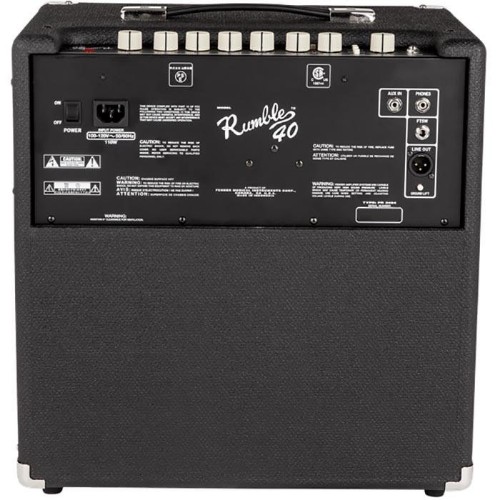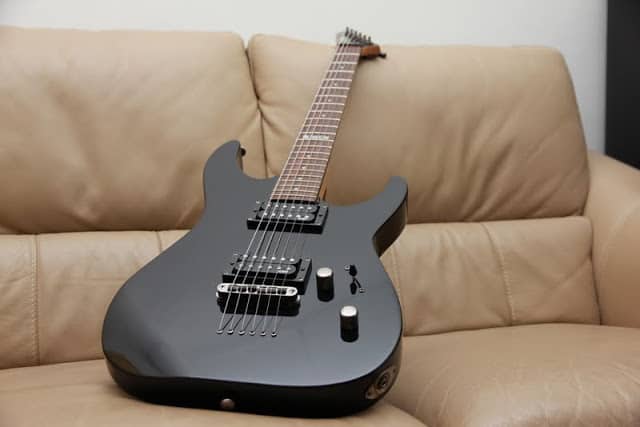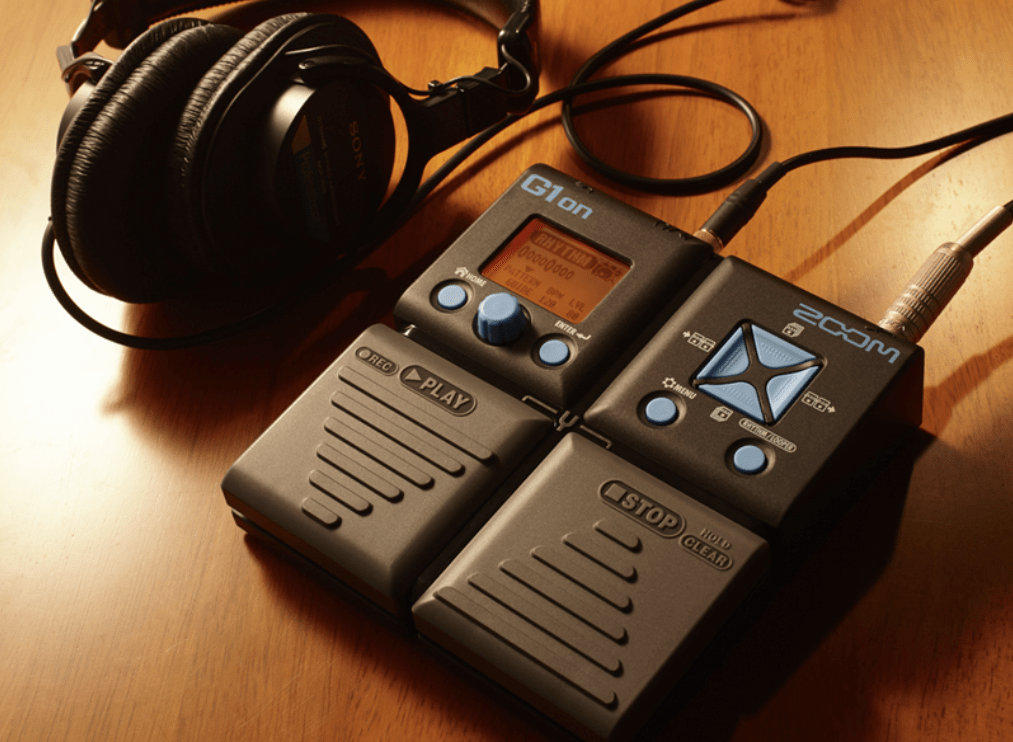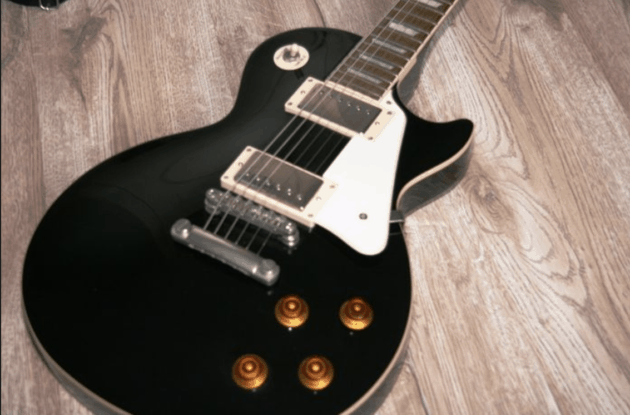Review: Fender Rumble 40 – is an affordable bass amp any good?
It’s difficult to talk about famous guitar and related peripherals without Fender coming up.
Since the fifties, Fender have been making electric guitars and basses. Obviously, they’re no good without an amplifier to play them through. This brings us to the subject of today’s review: a bass amp called the Rumble 40.
Before we begin, make sure you’re ordering Fender Rumble from a legitimate retailer, NOT from a counterfeit seller. For your convenience, here is the Amazon link to an authentic Fender Rumble retailer.Now, we can say from the outset that in terms of bass amps, Fender don’t have quite the presence around the world as Ampeg or Hartke, or maybe even Laney. However, for newish bassist on the up, it makes sense that they’re more likely to go with a brand they know, at least to start with.
At that’s what brings us to the Rumble 40.
It’s not the only bass amp in the Rumble range, which has been out for some time now. It’s obviously still going strong if they’re still making them!

Features and specs
With the Rumble range, it looks like Fender are going after players for whom affordability is a key concern. That’s an assumption based on the pricing of the range.
Here’s an overview of what’s in the Rumble 40.
| What instrument is it for? | Bass guitar |
| What kind of amp is it? | Combo |
| What output does it have? | 40 watts |
| What kind of speaker is in it? | 10” Fender Special Design |
| What’s its impedance? | 8 Ohms |
| How much does it weigh? | 18 lbs (8.16 kg) |
If you’ve been researching a bass amp to buy, it’s unlikely that any of the specs outlined here are that different from other models you’ve been looking at.
However, there is a little extra detail gone into the EQ, particularly the mids section: you have additional controls for low and high mids. It’s just a little more tweakbility. It might help your bass sound pop a little more in a band context.
I’m also intrigued by the voicing section, but we’ll look at that in bit.
Who should use this amp?
As noted in the last section, the Rumble series is aimed at those specifically for affordability.
So, between the affordability aspect and the size on the Rumble 40, it’s probably ideally positioned as a good solution for bassists who mostly play at home, but who maybe sometimes play in small venues.
The size makes it convenient for using at home, and it should sit comfortably in most types of accommodation, whether you’re living in a one-bedroom apartment, or if you have a basement with a dedicated space for your music stuff.
In terms of playing live, it would sit pretty comfortably onstage, where you can crank it for using as a monitor while your sound engineer puts it in front of the audience.
As well as that, if you’re relying on public transport to get to your shows, you should be able to comfortably carry it in your hand, with your bass on your back, and your pedalboard in your other hand. If you’re getting in an Uber, the driver shouldn’t balk too much at it!
Parts?
You know the smell of a new car? It comes from its vinyl? When you unbox a Fender Rumble 40, that’s exactly what it smells like!
If you didn’t know, and you’re interested in gear maintenance, it’s 100% OK to use the same spray for cleaning inside your car on your amp.
I know amps are for listening to, but I can’t get away from how ugly the knobs are on the Rumble 40. In terms of functionality, I’m sure they’ll do the job just fine. The quality feels like the cheap ones that are fairly typical of a budget amp. But they’re just so ugly. But, let’s focus on functionality here.
Those ugly knobs sit on a metal plate.
Aside from that, it’s a very typical, and classically styled bass amp. Aesthetically, the chrome corner plates work well with the silver Fender logo on the front.
I like that there’s a headphone jack. It implies that not only would the Rumble 40 be fine in a basement, but it could even be used in an apartment, even with neighbours above, below, and beside you.
It’s got an XLR line out if you need to DI into an audio interface or into a mixing desk at a show. It seems an obvious thing to have, but it’s not always included in amps, especially smaller ones.

Construction
You’re not getting any kind of a US-made boutique amp for this price, and the [easyazon_link identifier=”B00HWINMR6″ locale=”US” nw=”y” nf=”y” tag=”reviewing-20″]Rumble 40[/easyazon_link] is no exception.
It’s pretty common practice for major brands to manufacturer some models in the East and a lower production cost, and slap their branding on it, allowing them to sell to those who covet the brand association but can’t afford the price of US-made models.
It makes plenty of business sense, and usually – as is the case with the Rumble 40 – it doesn’t make that much difference in terms of looks.
Brands like Fender will make sure that even their lower-end gear will be of respectable quality, and that’s evident with the Rumble 40. Even if it’s being used in small venues, it still needs to be rugged enough to be taken from homes to venues, and able to take a least a few knocks on the way.
I feel the Rumble 40 will be fine for at least a little bit of that. Obviously, I can’t fully test that without having the amp for a few years, but just by examining how it’s been put together, there’s nothing that would cause me concern.
Tones
Generally, I keep it simple in my tone, but I’m happy to explore what else the Rumble 40 might bring to my bass sound.
Firstly, I want to look at a function called its overdrive circuit. I’m a suck for a filthy, fuzzy bass. I’ve been known to play entire shows through my Smokey, just for the filth of it. So, I’m excited to see what dirt can be applied via the Rumble 40!
I won’t pretend: I’m absolutely a guitarist before I’m a bassist. So, I’m more used to guitar amps, which ordinarily have a separate channel for clean sounds and driven sounds.
However, I find the Rumble 40 a little different – and I’ll admit, that could just be down to the phrasing used in describing the function – but it’s an overdrive circuit, which you have either engaged, or not. As is standard with overdrive on amps, you can use a button on the amp itself, or a footswitch that isn’t included. You can pick up a footswitch for $15 or so.
With my bass plugged in, and going through some runs, I take a second to engage the overdrive circuit…
… and it was fine. It wasn’t in the same league as an Electro-Harmonix Bass Muff Deluxe, or my Smokey, but it certainly gave it a lively bit of oomph. I’d say it’s a good place to start if you’re interested in dirty bass sounds.
Next, I wanted to play with the Voicings feature. This is essentially some preset tones you might like for your bass sound. The contour setting scoops out your mids. I wasn’t a fan because I felt like my bass didn’t pop any more. The bright setting didn’t do it for me either. I feel the bass is a steady foundation, and this was for player who want it to lead.
The winning voicing setting for me was vintage. It’s just the sweet spot how I like my sound. It claims to emulate a tube which… well, if you were doing a detailed, side-by-side comparison probably wouldn’t fly, but it was decent.

Playability
It’s important not to mistake my dissatisfaction with everything the [easyazon_link identifier=”B00HWINMR6″ locale=”US” nw=”y” nf=”y” tag=”reviewing-20″]Rumble 40[/easyazon_link] does for it being a bad amp. It’s not. Absolutely far from it. I’m just really old and have specific things I like to hear.
However, for players who aren’t quite so old, or who are still playing around to find “their” sound, I feel like the Rumble 40 could definitely help in pointing them in the right direction. Especially in working out the balance between the sound they think they like in their head, that they create at home, and bringing that sound to their band, either in practice or at shows, to find out where it sits in that context.
It’ll sound different.
| Pros | Cons |
|
|
Conclusion
Fender have always endeavored to make their brand name as accessible as possible to players of all budgets. They should always be acknowledged and applauded for doing so.
The Rumble 40 is no exception. It sounds just like a solid bass amp, that any bassist should be glad to have.
I feel like even if a bassist isn’t gigging so much, it would make a fine addition to a home studio setup, even for those whose main instrument isn’t bass. It’s the type of thing that you may like to just have for giving some color to your bass when you’re recording it, rather than just DIing it.
But, if you’re playing small venues, it will certainly be the business, and it’s not too big or awkward for carrying around the place. If you can, definitely get plugged into this!






